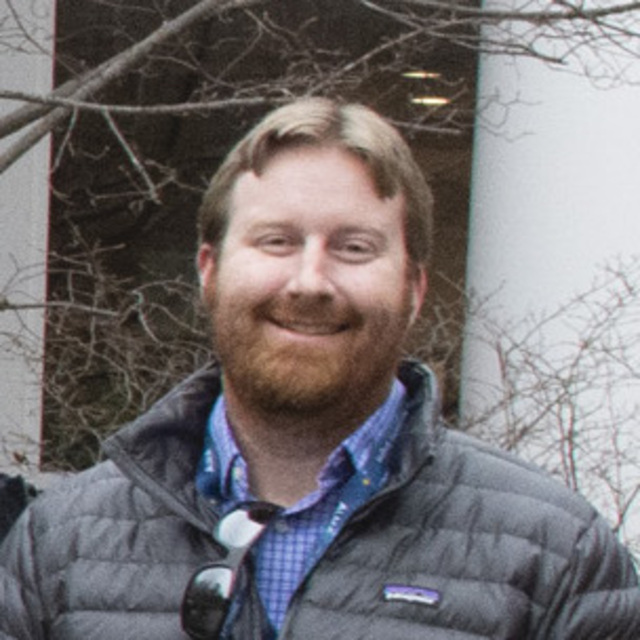July
2010
•
2010A&A...518L..14R
Authors
•
Rawle, T. D.
•
Chung, S. M.
•
Fadda, D.
•
Rex, M.
•
Egami, E.
•
Pérez-González, P. G.
•
Altieri, B.
•
Blain, A. W.
•
Bridge, C. R.
•
Fiedler, A. K.
•
Gonzalez, A. H.
•
Pereira, M. J.
•
Richard, J.
•
Smail, I.
•
Valtchanov, I.
•
Zemcov, M.
•
Appleton, P. N.
•
Bock, J. J.
•
Boone, F.
•
Clement, B.
•
Combes, F.
•
Dowell, C. D.
•
Dessauges-Zavadsky, M.
•
Ilbert, O.
•
Ivison, R. J.
•
Jauzac, M.
•
Kneib, J. -P.
•
Lutz, D.
•
Pelló, R.
•
Rieke, G. H.
•
Rodighiero, G.
•
Schaerer, D.
•
Smith, G. P.
•
Walth, G. L.
•
van der Werf, P.
•
Werner, M. W.
Abstract
•
We use deep, five band (100-500 μm) data from the Herschel Lensing Survey (HLS) to fully constrain the obscured star formation rate, SFRFIR, of galaxies in the Bullet cluster (z = 0.296), and a smaller background system (z = 0.35) in the same field. Herschel detects 23 Bullet cluster members with a total SFRFIR = 144±14 M⊙ yr-1. On average, the background system contains brighter far-infrared (FIR) galaxies, with ~50% higher SFRFIR (21 galaxies; 207± 9 M⊙ yr-1). SFRs extrapolated from 24 μm flux via recent templates (SFR24 µm) agree well with SFRFIR for ~60% of the cluster galaxies. In the remaining ~40%, SFR24 µm underestimates SFRFIR due to a significant excess in observed S100/S24 (rest frame S75/S18) compared to templates of the same FIR luminosity.
Herschel is an ESA space observatory with science instruments provided by European-led Principal Investigator consortia and with important participation from NASA. Data presented in this paper were analyzed using “The Herschel Interactive Processing Environment (HIPE)”, a joint development by the Herschel Science Ground Segment Consortium, consisting of ESA, the NASA Herschel Science Center, and the HIFI, PACS and SPIRE consortia.
Links





